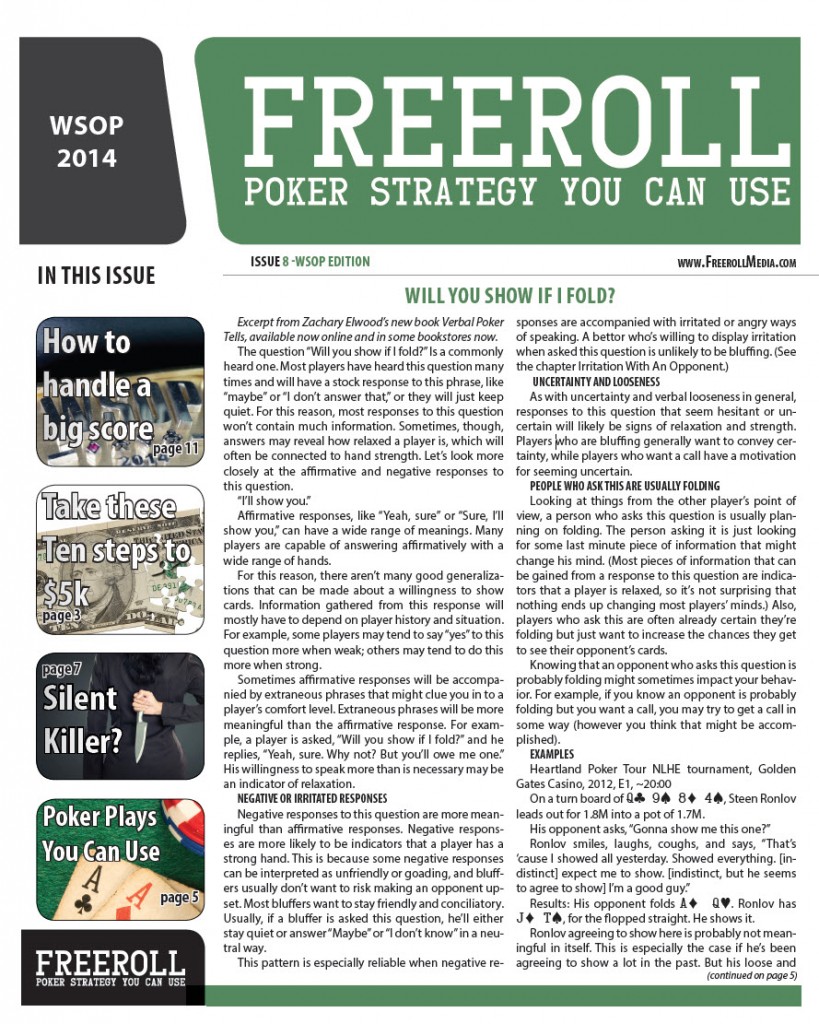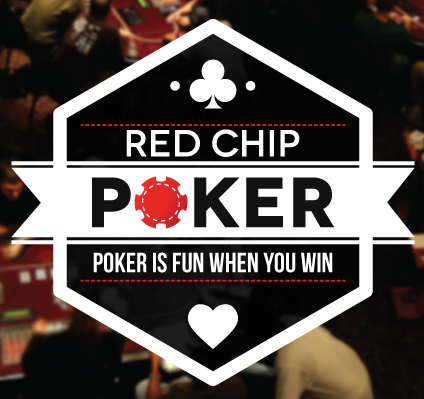To read their hands, watch their arms
- By Heath Demaree
- December 20, 2013
- Comments Off on To read their hands, watch their arms
 In the realm of science, there are some cold, concrete facts. As examples, the values of opening hands are known and the calculation of outs and odds are mathematically-based and easily calculable. Books can easily teach new players such information, and attempting to play poker without this basic knowledge is a recipe for disaster.
In the realm of science, there are some cold, concrete facts. As examples, the values of opening hands are known and the calculation of outs and odds are mathematically-based and easily calculable. Books can easily teach new players such information, and attempting to play poker without this basic knowledge is a recipe for disaster.
Advanced players mostly grapple with the “art” of poker. For example, we think deeply about how differently-sized bets may be perceived (ironically, post-oak bluffs may be scarier to an opponent than a pot-sized bet), whether recent events may have caused an opponent is be on tilt or tight, and how opponents’ behaviors may indicate strength or weakness. The “art” of poker is mostly learned by logging hour after hour around the poker felt: That is, we learn from our experiences (not from books). These experiences have two major problems, however. First, good learning experiences may be encountered rarely, and hence learning can be very slow. Second, they are subjective experiences, and we may question whether what we are learning is actually correct.
Is there any way to learn the art of poker more quickly, and with greater certainty? Are there any objective data about the art of poker? The answer to both questions is: You bet! To uncover such information, however, you need to know about those scientific studies that shed light on poker. In my recent book (Emotion-Based Poker), for example, I describe what scientific research says about how and why people become risk-averse or risk-prone.
Today, and in future columns, I hope to describe recently-published scientific research that could help improve our poker playing skills. Today’s research article (Slepian, Young, Rutchik, & Ambady, in press) addresses some age-old questions: How can an opponent’s face and behavior be used to predict the strength of his hand, and is there a particular part of the body to which we should attend? Dr. Slepian and colleagues conducted three different studies. In Study 1, they showed 78 undergraduates 20 short videos of a poker player making a bet (all videos were from the 2009 WSOP). Approximately one-third of the students saw the entire players’ bodies (from the table up), one-third saw just the players’ faces, and one-third saw just the players’ arms. The students were asked to judge the quality of the players’ hands, from 1 (very bad) to 7 (very good). Importantly, the objective quality of the players’ hands was known and the number of chips wagered was not associated with hand strength. What were the findings? In the “arms-only” group, people were significantly better than chance at predicting the strength of the player’s hands. Conversely, people in the “face-only” group were marginally worse than chance, suggesting that sophisticated players use their faces as deception. Study 2 essentially replicated the findings of Study 1, this time using 22 different videos from the 2009 WSOP.
Study 3 sought to more specifically determine how arm movements may betray a player’s confidence. Because prior research has found that anxiety decreases the smoothness of one’s motor movements (Beuter & Duda, 1985), the researchers had 40 participants watch the same 22 clips from Study 2 and rate either a) the smoothness of the players’ arm movements or b) the confidence of the player making the hand movements. It turns out that both ratings – smoothness and confidence – predicted the objective value of the players’ hands.
Three major conclusions can be drawn from this research. First, watching our opponents’ arm movements appears to be a valid indicator of hand strength, with smoother, more confident movements predicting better hands. Second, facial expressions may be used as an inverse indicator of hand strength (weak is strong, strong is weak). Last, and most importantly, science can teach us about the art of poker!
References:
Beuter, A., & Duda, J. L. (1985). Sport psychology analysis of the arousal/motor performance relationship in children using movement kinematics. Journal of Sport & Exercise Psychology, 7, 229-243.
Slepian, M. L., Young, S. G., Rutchik, A. M., & Ambady, N. (in press). Quality of professional poker players’ poker hands is perceived accurately from arm motions. Psychological Science.



